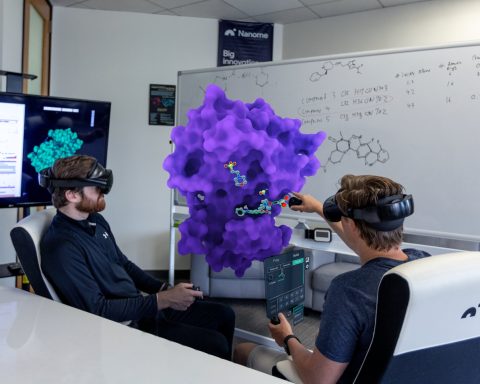Twenty years ago, the initial screening of new compounds for pharmacologic activity was conducted using whole animals or tissues and organs isolated from animals. Today most of the initial screening for new drugs is done in vitro using the techniques of biochemistry and molecular biology. Only after a new drug candidate has been identified and studied in vitro are studies in animals initiated. The purpose of the animal studies is to verify the pharmacologic activity of the new drug, identify any unexpected pharmacologic activity, and develop an initial data base on the action of the drug in vivo.
Species differences in sensitivity can often be explained by differences in metabolism, including quantitative and qualitative differences in the ability to detoxify drugs and also differences in the rates of absorption, transport, distribution, and elimination of chemicals. After oral administration, absorption in laboratory animals is generally considered to be similar to that in humans, although there are quantitative differences for some compounds. For example, species differences in the absorption and action of some compounds are related to differences in the bacterial flora of the gastrointestinal tract. The distribution and storage of drugs are reasonably consistent among mammalian species, including humans, although plasma binding tends to be more extensive in humans than in small mammals. Urinary excretion in different animal species depends to some extent on their different diets, because diet influences urinary pH and thus the extent of ionization of compounds. Biliary excretion is quite variable from species to species and is apparently more extensive in mice and rabbits than in rats and humans. Species differences in response to drugs appear to be related mainly to rates of biotransformation, which are generally more rapid in small laboratory animals than in humans.
[wp_ad_camp_1]






